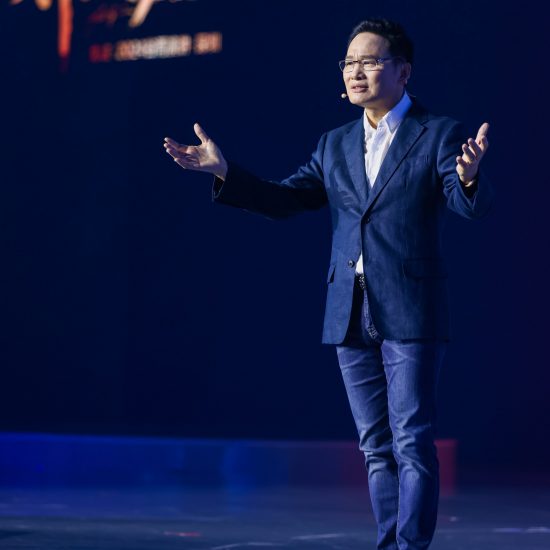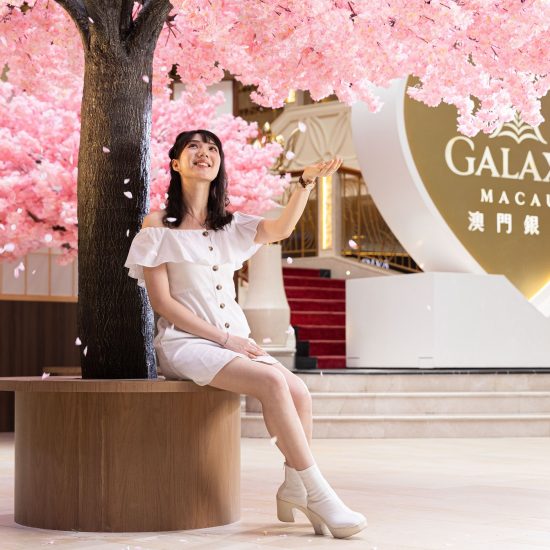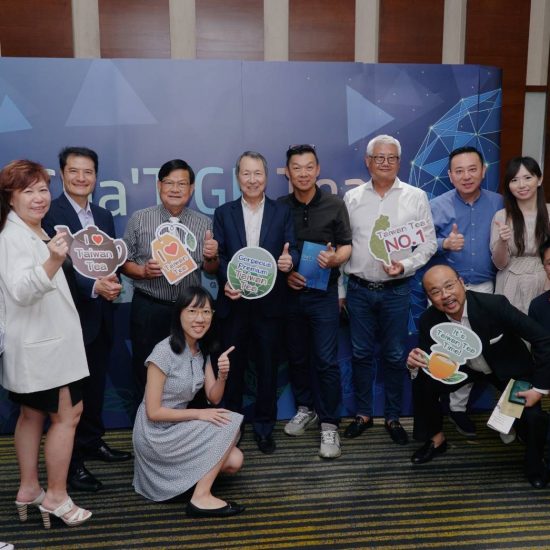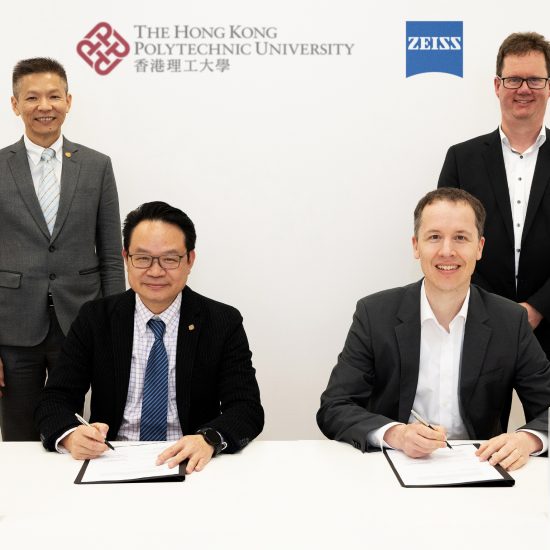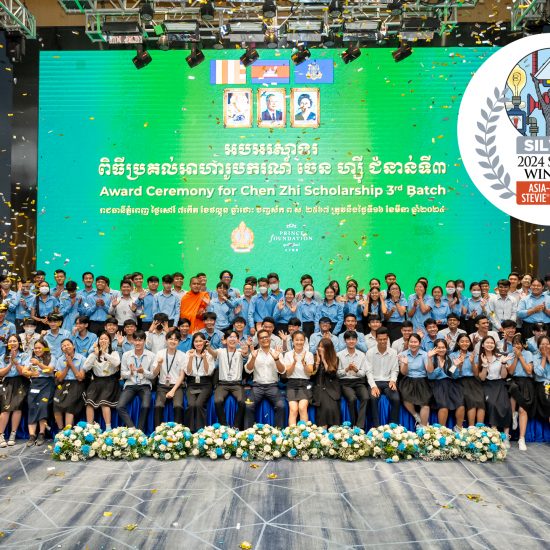|By Tim Plenderleith|
Who ever said ‘happily ever after’ was just the stuff of fairytales?
These days those words are written into the soles of Lionel Messi’s cleats. (Or at least, that’s the idea.) The “Sport Infinity” range by sports apparel company Adidas uses worn-out cleats and, by combining them with scrap materials from other industries, reimagines them into high quality new shoes. “The football boots of the future could contain everything from carbon used in aircraft manufacturing to fibres of the boots that scored during the World Cup,” Adidas said in a statement.
It’s called infinity recycling – one of the many good ideas wrought by circular economy thinking – and it may just be the Sunday game norm someday.
With three billion new middle-class consumers expected to enter global markets in the next 15 years, we can expect three billion more hungry appetites for the resources and infrastructure required to meet their lifestyle demands.
Currently, our economy is run by a ‘take-make-dispose’ linear approach that generates a breathtaking amount of waste. According to Richard Girling’s book Rubbish!, 90% of the raw materials used in manufacturing don’t even make it out the factory doors, while 80% of products made are thrown away within the first six months of their life cycle. The resource crunch is more like a suffocation, with our incriminating fingerprints all over the planet’s throat. The extractive industry’s approach is unsustainable – raw materials are being depleted quicker than they can regenerate.
The circular economy may be a highly practical solution to our planet’s burgeoning woes. The idea behind a circular economy is to rethink and redesign the way we make stuff. Rather than ditching your worn-out old jeans, send them into the factory for recycling and upgrade to a new pair. Done with your old iPhone 5? Reconsider buying the Puzzlephone, which can be easily disassembled, repaired and upgraded over a ten-year lifespan.
In the circular economy, products are not downgraded, as they are in recycling, but reimagined to infuse the same, if not more, value back into the system. Basically, there’s no such thing as waste in a circular system – all waste bears the raw materials to become something else. By finding fresh, creative ways to use the same resources, a one-way death march to unsustainable collapse is inadvertently avoided.
Could we halt the downward spiral by using waste to solve the waste crisis?
With McKinsey rolling out projections as high as $1 trillion to gain from a closed-loop economy, circularity seems to have our ‘thumbs up’ in principle. The truth is however, we are a far cry from adopting its practical reality in our design-distribution streams. So how will we get there? If the circular economy is indeed the way of the future, what needs to change now to usher it in? Could the circular economy define the end of the extractive industry as we know it?
We have to believe in a new buying power
The Kingfisher Group has much to say on the future shift in consumerism, and they’re using power tools to say it. Rather than buying that drill that is used on average six minutes in a year, why not rent it for the day? Surely it would be better value for money on that rare occasion when a hinge is loose?
Their company, along with others like Mud Jeans and Philips, are paving the way for new ideology and design around products and how we relate to them. Consumerism is moving to stewardship, with the emphasis on service over product acquisition. So, in other words, the ‘pay per use’ contractual agreements associated with smartphones could extend to washing machines, DIY equipment or even Levi jeans. Access, not ownership, to a product will be the new trading power. This will launch fantastic new intelligent systems to undergird the process.
But it will firstly require a good deal of unlearning and open-mindedness for us who have been immersed in linear thinking.
We have to up our game
Within the former linear structure, sales were the success markers. Manufacturing and design simply had to align just enough to make the product sparkle, shine and ultimately sell. They didn’t have to consider the total fossil fuel emission of production or its biodegradability in landfill. The product’s recyclability was not in question. It was only the swipe of the credit card.
A circular economy, however, is really complex. It accounts for a product’s entire life cycle in its design. Systems-level redesign and skills we haven’t yet imagined will be needed in order to recall, repair and reincarnate products into an upgraded former self. Rapid innovation will generate IoT platforms and seamless technologies into new services and product offerings.
The need for ongoing research and development will drive STEM (Science, Technology, Engineering, Mathematics) disciplines. We need to prepare for these complexities, so that the added layers of life cycles are anticipated in tomorrow’s briefs and an egg-on-face situation is narrowly averted.
We have to collaborate
Circular solutions will only realise sustainable, future-proofed ecosystems if everybody is on board. Perhaps even more important than the engineers and designers, governance and regulation are crucial in endorsing these processes. Redesigning supply chains and business models require robust round-table discussions between businesses, universities, social groups and policymakers.
Initiatives such as the Ellen MacArthur Foundation’s Circular Economy 100 embraces this idea that closed-loop ambitions can never be achieved by working in isolation. This group ties together supply chain leaders, industries and geographies. From designers to academics, CEOs to city mayors, people are locking heads and sharing their complementary expertise. The result of which is a more effective and holistic solution that generates wins for both the planet and our pockets.
Linear thinking can’t meet the needs of the emerging circular economy. However, all is not lost. Draw a straight line long enough and it would actually envelop the globe, paradoxically making a circle. What we need is linear thinkers to be open-minded to extrapolate their thinking out far enough in order to, ultimately, draw the same conclusion – that a circular approach is actually where all roads lead. Going forward, drawing circles around our consumer behaviour may be the best way to draw the line.
(This post originally appeared on Aurecon’s Just Imagine blog)


